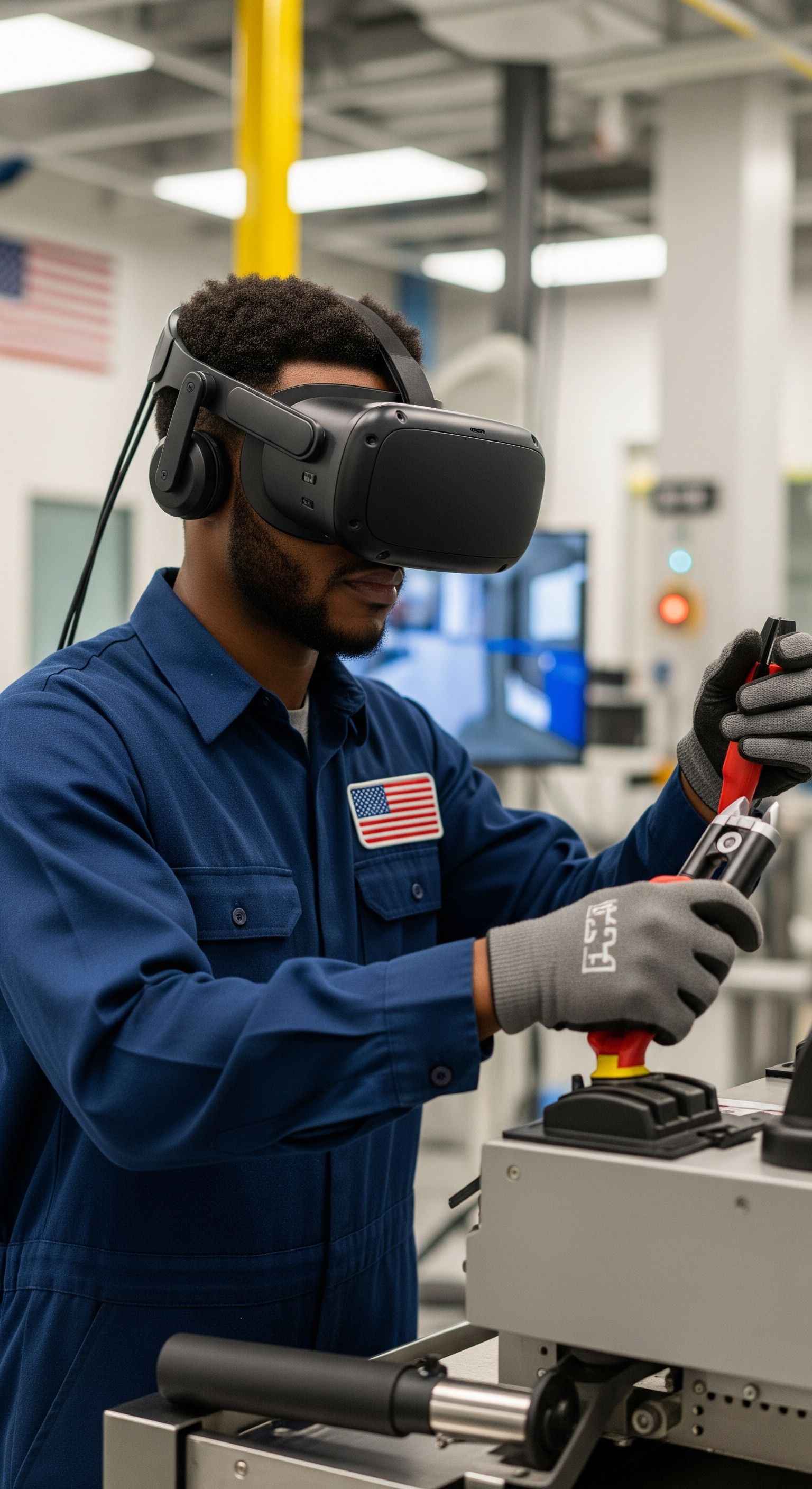Introduction: Virtual Reality (VR) is rapidly transforming medical education across the United States, moving beyond traditional textbooks and cadaver labs to offer unparalleled immersive learning experiences. US universities are increasingly leveraging VR to provide students and residents with realistic, risk-free environments to practice complex medical procedures, enhance anatomical understanding, and hone critical decision-making skills, ultimately shaping a more competent and confident generation of healthcare professionals.
What is VR Medical Training? VR medical training involves creating highly realistic, interactive, and fully immersive digital environments where aspiring and practicing medical professionals can simulate clinical scenarios. Unlike passive learning, VR places the learner directly into a virtual operating room, emergency scene, or patient examination room, allowing them to perform actions, interact with virtual patients and equipment, and receive real-time feedback, all within a safe and controlled setting.
Why are US Universities Adopting VR for Medical Education? American medical schools and universities are turning to VR for several compelling reasons:
- Risk-Free Practice: VR eliminates the inherent risks of practicing on real patients or the high cost and ethical considerations of cadavers. Students can make mistakes and learn from them without consequence.
- Scalability & Accessibility: VR modules can be accessed anywhere, anytime, removing geographical barriers and allowing for consistent training across large cohorts or multiple campuses. This is particularly valuable for widespread university systems.
- Cost-Effectiveness (Long-Term): While initial setup requires investment, VR significantly reduces ongoing costs associated with physical resources, specialized equipment, and limited instructor time. Studies show that over a few years, VR training can become significantly cheaper per participant than traditional methods (PwC analysis).
- Enhanced Engagement & Retention: The immersive nature of VR drastically increases learner engagement. When students are actively 'doing,' rather than just 'watching,' knowledge retention dramatically improves.
- Objective Assessment & Feedback: Many VR platforms offer built-in analytics, providing objective metrics on a trainee's accuracy, speed, and decision-making, allowing educators to tailor feedback and identify areas for improvement.
Key Applications of VR in US Medical Universities:
- Surgical Simulations: Allowing students to practice intricate surgical procedures, from laparoscopic appendectomies to complex neurosurgeries, repeatedly and without risk. This enhances technical skills, hand-eye coordination, and spatial awareness.
- Anatomy Exploration: Immersive 3D anatomical models provide a far deeper understanding of the human body than 2D diagrams, allowing students to virtually "walk through" organs and systems.
- Emergency Medicine Training: Simulating high-stress, time-sensitive emergency scenarios (e.g., trauma response, cardiac arrest management) helps students develop critical thinking and rapid decision-making skills under pressure.
- Patient Interaction & Communication: Practicing patient interviews, empathetic communication, and difficult conversations with virtual patients allows students to hone crucial soft skills.
- Clinical Procedures: Training for essential nursing skills like wound care, catheter insertion, IV setups, and managing central lines in a realistic virtual environment.
Real-World Impact & Future Outlook: Leading US institutions, including those like Johns Hopkins University and Harvard, are embracing VR to train students, doctors, and healthcare practitioners. Research consistently highlights positive impacts:
- Studies show VR can improve surgical performance by up to 230% compared to traditional methods (Harvard Business Review cited by Windsor University).
- A Virti survey found 34% of healthcare organizations already use VR for training, with 43% planning to implement it soon.
- VR offers significant long-term cost savings, with one study showing VR training dropping to just $115 per participant after three years, compared to $229 for traditional drills (PwC analysis).
As VR technology continues to advance with AI integration and haptic feedback, its role in US medical education will only expand, leading to more confident, competent, and ultimately, safer healthcare professionals.

